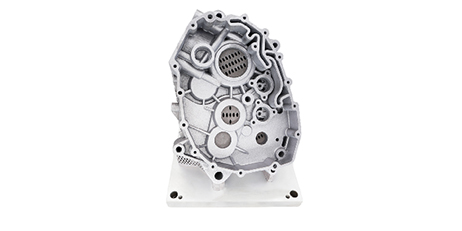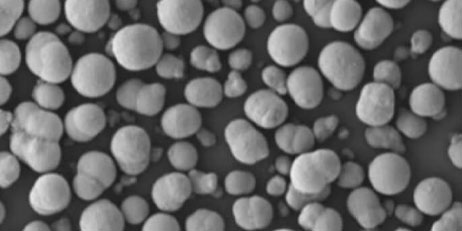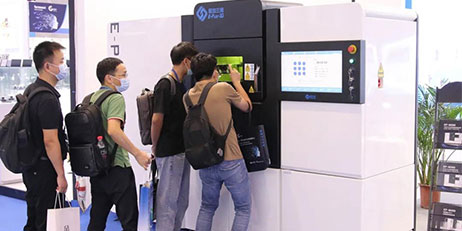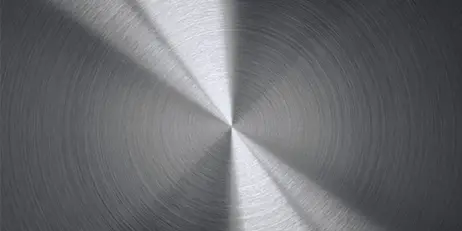There are three main ways to achieve lightweight:
The optimal design and application of materials;
The optimal design of product structure;
The development and application of advanced additive manufacturing technology.
The three elements complement each other to realize the lightweight manufacturing of the final product, among which the optimized design of product structure and the optimized design of materials have vast research and development space.
Lightweight materials are materials that can be used to reduce the weight of the product and improve its overall performance of the product. Material light weighting refers to the method of achieving weight reduction by using lightweight metal and non-metallic materials on the premise of meeting the requirements of mechanical properties.
Lightweight metal material: steel
Among the current lightweight materials, steel still maintains a dominant position, especially in the field of automotive manufacturing.

3D printed exhaust pipe (stainless steel )applied on Ford Mustang
Lightweight metal material: aluminum alloy
Aluminum alloy is the most widely used and most common automotive lightweight material. At present, the main types of aluminum alloy 3D printing materials are AlSi10Mg, AlSi7Mg, AlSi12, etc., among which AlSi10Mg almost occupies the absolute mainstream.

Accelerator pedal (aluminum alloy: AlSi10Mg ) for SIEMENS
Non-metal lightweight materials: engineering plastics
Another lightweight material is engineering plastics, which are mostly used in the manufacture of automotive interior parts, electrical components, intake manifolds, control panels and other components. They can be used for prototype verification and can also be used to directly manufacture final functional parts.
The 3D printing market of special plastics has shown a growing trend in recent years, which is not only reflected in the abundance of special materials used for 3D printing, but also in the diversification of printing machines, processes and applications.

SLA 3D printed model for design confirmation and assembling test
The use of lightweight materials must be combined with product design and manufacturing processes to be effective. The development of new processes adapted to lightweight materials can not only accelerate the use of new materials in automotive but also reduce material costs and facilitate expanded applications.
As one of the advanced new manufacturing processes, 3D printing has received extensive attention from automotive manufacturers. Its advantages are reflected in the reduction of material waste loss caused by incremental manufacturing and the lightweight effect brought by integrated manufacturing. Welcome to contact Eplus3D for more details.


























